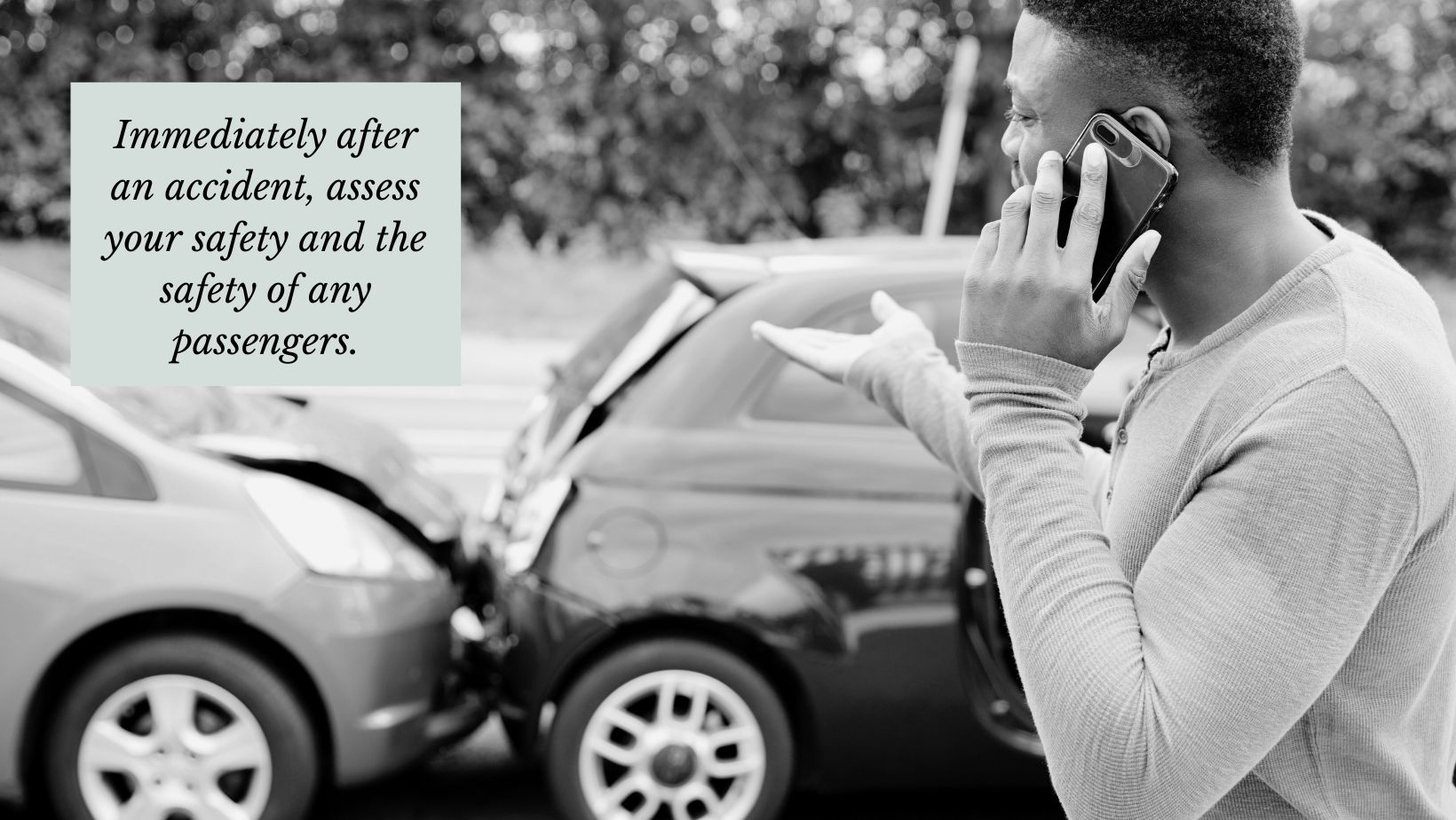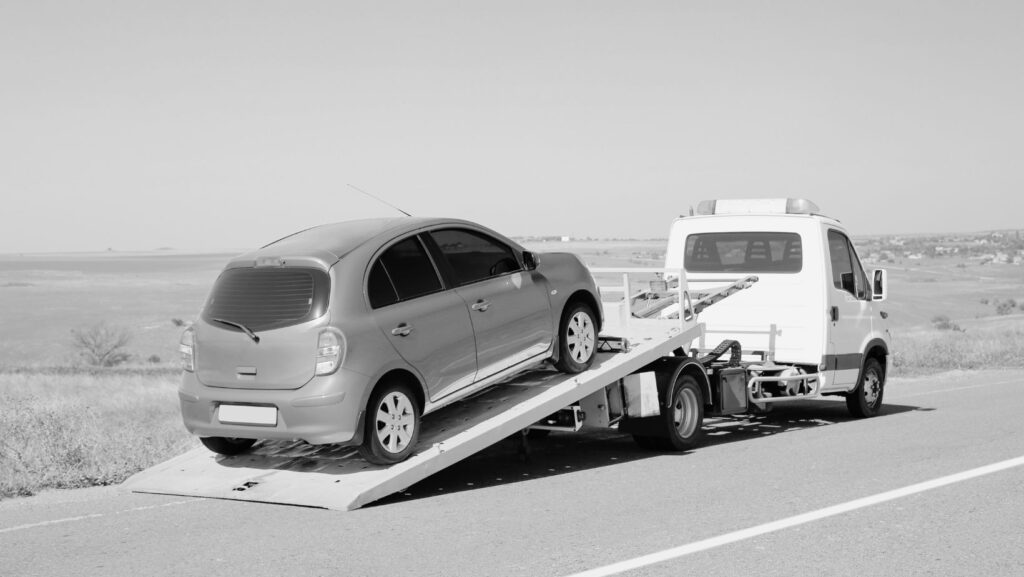Country roads evoke a sense of tranquility and escape from the urban rush. However, this serene setting can be misleading. Rural roads present unique dangers that are often underestimated. In Illinois, where weather and maintenance add further complications, the risks increase significantly. There are arguably more dangers on a rural road than those found in the city, requiring special care to navigate these challenges safely. In fact, US Route 45, which runs through long stretches of rural Illinois, has been called “the most dangerous road in the state.” Remember, accidents can happen anywhere, and preparation is key.
The Top 7 Dangers on Country Roads
When traveling in rural areas, there are a few common hazards that you should be on the lookout for.
#1: Loose Gravel and Poor Road Conditions: One of the most common hazards on country roads is loose gravel. This can be particularly treacherous for drivers unfamiliar with such conditions. Cars can easily slide or skid at high speeds, losing control with potentially disastrous consequences. The irregular maintenance of rural roads often means that gravel and other debris can accumulate, making the roads slippery and unpredictable.
#2: Challenges of Snow and Ice: In Illinois, winter brings snow and ice, which pose significant risks on less-traveled roads. Country roads are often not a priority for snowplows, leading to slow (and sometimes inadequate) clearing. This delay increases the likelihood that ice builds up on the road, creating hazardous driving conditions that last for days. Tire chains can help improve your traction, but there’s no substitute for slow, careful driving in these conditions.
#3: Lack of Adequate Lighting: Another major risk factor is the lack of street lighting on rural roads. This can make nighttime driving particularly hazardous. Without sufficient lighting, it’s difficult for drivers to see the road ahead, spot potential hazards in time, or even gauge the safe driving speed. When in doubt, slow down!
#4: Inadequate Signage: Navigation on country roads can be complicated by insufficient or unclear signage. Signs may be poorly maintained or obscured by foliage, leading to missed turns or unexpected conditions. Additionally, the lack of warnings about upcoming bends or changes in road conditions can catch drivers by surprise. Leveraging the navigation app on your phone or an independent GPS navigation unit can help you get from point A to point B. However, it’s important that you always remain aware of your surroundings while driving, even when using such a device.
#5: Risks that Other Drivers Take: Drivers on country roads will often speed or take other risks because they believe that country roads are much less busy. But this is a common misconception! In fact, non-interstate roads have a fatality rate almost double that of the highway. Overconfidence on rural roads can lead to dangerous driving behaviors, such as overtaking unsafely or not adjusting speed to match road conditions.
#6: Wildlife Crossings: In rural areas of Illinois, wildlife is another hazard. Animals like deer can suddenly cross the road, especially during dawn and dusk. Collisions with wildlife can cause significant damage to vehicles and severe injuries to both the animal and vehicle occupants.
#7: Unmarked Intersections and Blind Corners: Many intersections in rural areas are not controlled by signals or may have poor visibility due to overgrown vegetation or poorly placed hills. This can lead to dangerous blind corners where the risk of collisions increases if drivers are not extremely cautious.

Safety Tips for Illinois Country Roads
When driving on country roads, especially in areas like rural Illinois, there are some common sense things you should keep in mind:
- Keep speeds moderate; this is crucial for reacting safely to unexpected hazards such as wildlife or sudden turns.
- Always stay alert so you can anticipate hidden dangers, especially in poorly lit or obscured areas.
- Use high beams at night when no other vehicles are around to improve visibility—but switch to low beams when approaching other traffic to avoid blinding other drivers.
- Regularly check weather forecasts and equip your vehicle for all conditions—snow chains and warm clothing are essential in winter.
- Familiarize yourself with handling your vehicle on different surfaces in a safe environment, and always carry an emergency kit with essentials like a first aid kit and water.
- Lastly, consult a map to understand your route beforehand, ensuring your focus remains on safe driving rather than navigation.
What to Do in Case of an Accident on Country Roads
Of course, even with adequate preparation, accidents still happen. Knowing how to react when an accident occurs can make a significant difference in safety and in dealing with the aftermath. Here’s a step-by-step guide on what to do if you find yourself in an accident on a rural road:
- Ensure Safety First: Immediately after an accident, assess your safety and the safety of any passengers. If the vehicle is safe and operational, move it to the side of the road to avoid blocking traffic and to reduce the risk of further collisions. Turn on your hazard lights to alert other drivers.
- Check for Injuries: Once in a safe location, check yourself and any passengers for injuries. Do not move anyone who is seriously injured unless they are in immediate danger, such as from a fire, as this could worsen their condition.
- Call for Help: Dial 911 as soon as possible. Provide them with specific details about your location (noting any nearby landmarks or mile markers), the nature of the accident, and any injuries. In rural areas, emergency response times can be longer, so it’s crucial to call for help promptly.
- Document the Scene: If it is safe to do so, take photographs of the accident scene, including all vehicles involved, any visible damage, road conditions, and any relevant road signs or lack thereof. This documentation can be crucial for insurance claims and legal purposes.
- Exchange Information: Exchange contact and insurance information with the other driver(s) involved. Include names, phone numbers, addresses, drivers’ license numbers, license plate numbers, and insurance policy numbers. Avoid discussing fault or details of the accident—simply gather information.
- Notify Your Insurance Company: Contact your insurance company as soon as possible to report the accident. Provide them with all the information you have collected and any evidence from the scene.
- Seek Medical Attention: Even if you feel fine, visiting a doctor after an accident is wise. Some injuries, like whiplash, may not be immediately apparent.
- Consult with an Attorney: Especially in cases of significant damage or injury, consulting with an attorney can be beneficial. They can help navigate the complexities of insurance claims and protect your rights.
How Kane Personal Injury Helps with Country Road Accidents
Rural accidents can often be very serious. Sometimes, the other party was driving impaired, improperly operating a big rig, or wasn’t respecting the weather conditions. If you’ve been in an accident and want to know your next steps, reach out to Kane today. We have a ton of experience helping clients just like you in Illinois receive the compensation they’re owed for their accidents and injuries. For a free, no-obligation consultation, contact us today.
